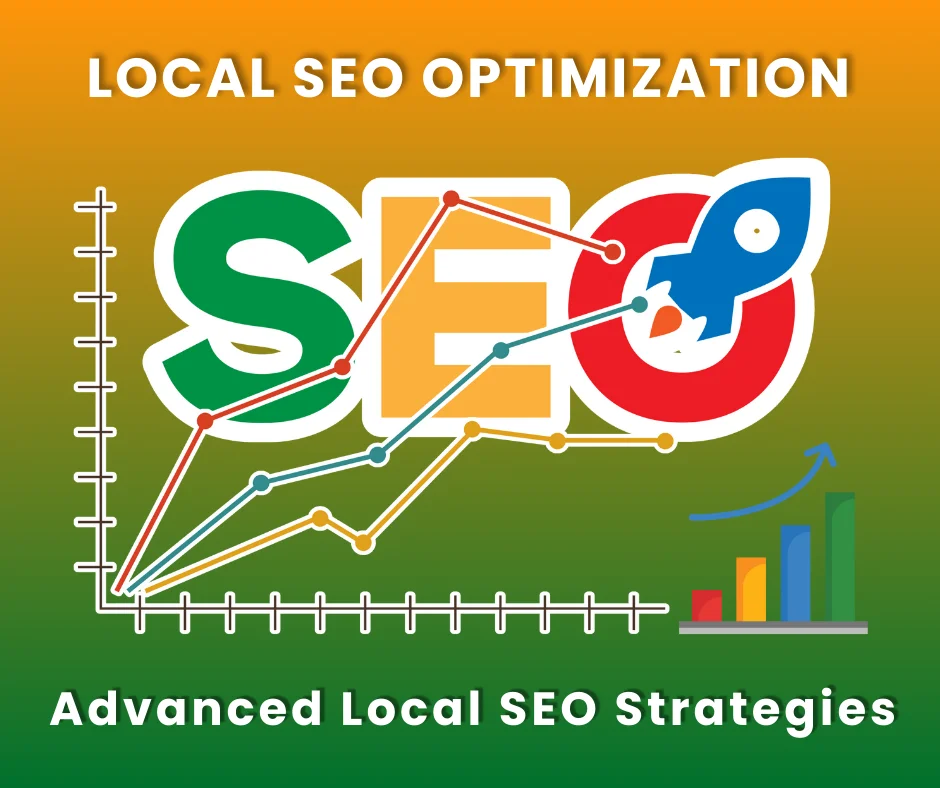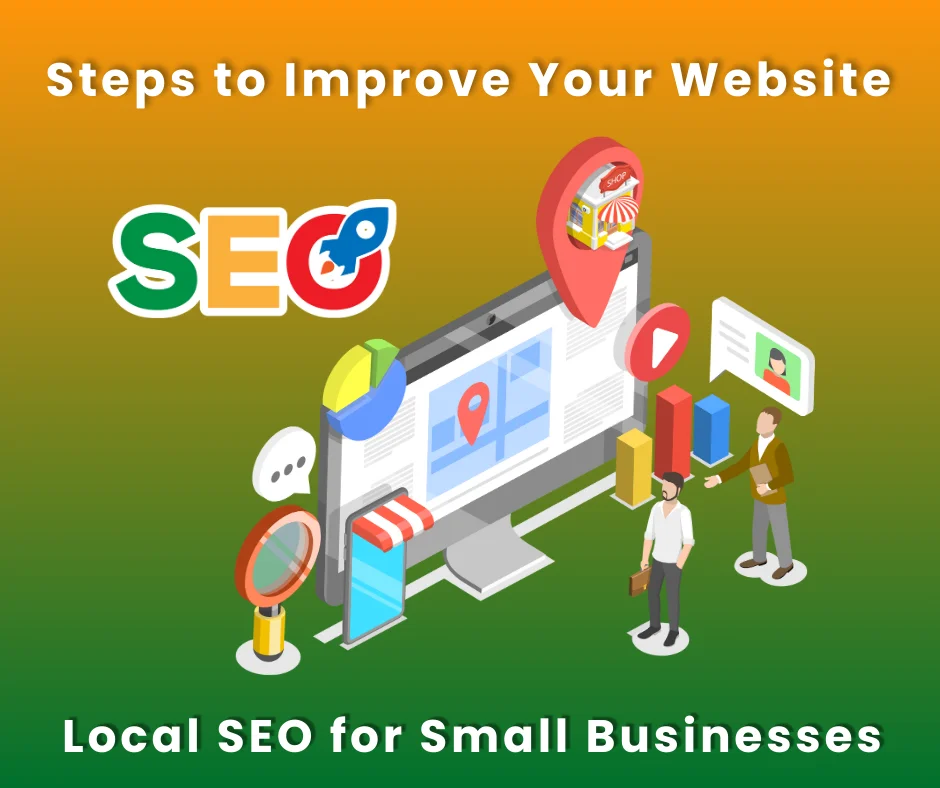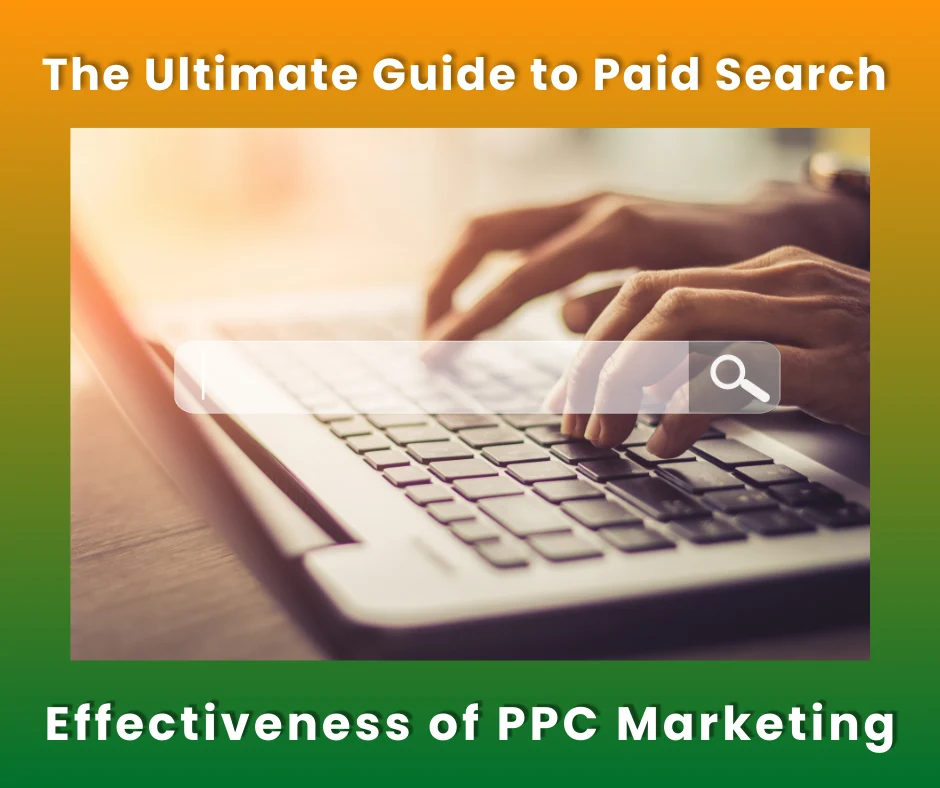
I. Introduction to Search Engine Optimization (SEO)
- What is SEO?
- Definition: The practice of optimizing website content, structure, and technical elements to improve visibility in organic (non-paid) search engine results pages (SERPs).
- The goal of SEO: To rank higher for relevant keywords, driving targeted traffic to a website.
- Distinction between SEO and SEM (Search Engine Marketing), highlighting the organic nature of SEO versus paid advertising.
- Briefly touch upon the evolution of SEO and its increasing importance in the digital landscape.
- Mention the staggering number of daily searches on Google (cite latest statistics from early 2025). [Instruction: Include a statistic about the volume of daily Google searches to emphasize the potential reach of SEO.]
- Why SEO Matters More Than Ever in 2025:
- Organic search as a primary driver of website traffic (cite recent data on the percentage of website traffic originating from organic search). [Instruction: Include a statistic showcasing the significance of organic search for website traffic.]
- Building trust and credibility with users who tend to favor organic results.
- Cost-effectiveness compared to paid advertising for long-term traffic generation.
- The impact of high rankings on brand visibility and authority.
- Highlight the user preference for organic results over paid ads (cite a statistic on the click-through rate difference between organic and paid results). [Instruction: Include a statistic comparing the CTR of organic vs. paid search results.]
- The Core Principles of SEO:
- Understanding how search engines like Google work (crawling, indexing, ranking).
- Focusing on user experience and providing valuable, high-quality content.
- Optimizing for relevant keywords that users are actively searching for.
- Building website authority and trustworthiness.
- Ensuring technical SEO best practices for crawlability and indexability.
II. Foundational Pillars of SEO
- Keyword Research: Understanding Your Audience’s Language
- Identifying relevant keywords and search terms your target audience uses.
- Utilizing keyword research tools (mention Google Keyword Planner, Semrush, Ahrefs, etc.).
- Understanding search intent (informational, navigational, transactional, commercial).
- Targeting long-tail keywords for more specific and higher-converting traffic.
- The importance of semantic keywords and related terms.
- Mention the increasing role of voice search and optimizing for natural language queries.
- On-Page Optimization: Crafting User-Friendly and Search Engine-Friendly Content
- Optimizing title tags and meta descriptions for CTR and relevance.
- Using relevant keywords in headings (H1-H6) and body content naturally.
- Creating high-quality, comprehensive, and engaging content that addresses user needs.
- Optimizing images with descriptive file names and alt text.
- Internal linking strategies to improve site navigation and distribute link equity.
- Ensuring content readability and scannability.
- The significance of fresh and updated content.
- Mention the importance of “information gain” – providing unique value beyond what’s already ranking.
- Off-Page Optimization: Building Authority and Trust
- Earning high-quality backlinks from authoritative and relevant websites.
- Understanding different types of backlinks (editorial, guest blogging, etc.).
- Building brand mentions and online reputation.
- The role of social signals (though not a direct ranking factor, they contribute to visibility).
- Strategies for ethical link building in 2025 (focus on content quality and outreach).
- Highlight the statistic that a significant percentage of top-ranking pages have zero backlinks (cite recent data) and emphasize the importance of quality over quantity. [Instruction: Include a statistic about the percentage of pages with no backlinks to provide context.]
- Technical SEO: Ensuring Your Site is Crawlable and Indexable
- Website architecture and navigation.
- XML sitemaps and their submission to search engines.
- Robots.txt file and crawl directives.
- Site speed and page load time (Core Web Vitals).
- Mobile-friendliness and responsive design.
- HTTPS security.
- Structured data markup (schema.org) to help search engines understand content context.
- Fixing crawl errors and improving site health in Google Search Console.
- Implementing IndexNow for faster content discovery by search engines.
III. The Critical Role of E-E-A-T in SEO (Experience, Expertise, Authoritativeness, Trustworthiness)
- Understanding Google’s Search Quality Evaluator Guidelines and E-E-A-T:
- Defining each component: Experience, Expertise, Authoritativeness, and Trustworthiness.
- Why E-E-A-T is crucial for ranking, especially for “Your Money or Your Life” (YMYL) topics.
- How Google’s algorithms use E-E-A-T signals to evaluate content quality.
- The increasing importance of E-E-A-T in the age of AI-generated content.
- Demonstrating Experience:
- Sharing first-hand experiences and real-world insights in your content.
- Highlighting practical application and personal involvement with the topic.
- Using case studies and examples based on your own experience. [Instruction: Explain how incorporating personal anecdotes or case studies can demonstrate experience.]
- Showcasing Expertise:
- Clearly identifying content creators and their qualifications (author bios, credentials).
- Producing well-researched and accurate content backed by evidence.
- Focusing on niche topics where you have in-depth knowledge.
- Mentioning relevant certifications, education, and professional experience.
- Building Authoritativeness:
- Earning backlinks and mentions from other authoritative websites in your industry.
- Becoming a recognized thought leader in your niche.
- Contributing guest posts to reputable publications.
- Building a strong online reputation and brand presence.
- Establishing Trustworthiness:
- Ensuring website security (HTTPS).
- Providing clear contact information and an “About Us” page.
- Citing credible sources and ensuring factual accuracy.
- Maintaining transparency in content creation and potential AI usage.
- Gathering and showcasing positive reviews and testimonials.
- Highlight the impact of author bios on E-E-A-T signals (cite a recommendation from a 2025 SEO expert). [Instruction: Include a hypothetical expert quote emphasizing the importance of author bios for E-E-A-T.]
IV. Analyzing the Search Engine Results Page (SERP) for SEO Strategy
- Understanding Different SERP Features:
- Organic results.
- Featured snippets.
- People Also Ask (PAA) boxes.
- Image and video carousels.
- Local packs.
- Knowledge panels.
- Reviews and ratings.
- Shopping ads.
- The growing presence of AI Overviews and their impact on organic clicks (cite recent data on the prevalence and CTR of AI Overviews). [Instruction: Include a statistic on the appearance rate and potential CTR impact of AI Overviews.]
- Conducting SERP Analysis:
- Identifying top-ranking competitors for target keywords.
- Analyzing the content format and structure of top-ranking pages.
- Understanding search intent by examining the types of results displayed.
- Identifying opportunities to create better or more comprehensive content.
- Leveraging SERP features to increase visibility (e.g., targeting featured snippets and PAA).
- Using SEO tools for efficient SERP analysis (mention tools like Semrush, Ahrefs, Moz).
V. Local SEO: Optimizing for Local Search
- Importance of Local SEO for Businesses with Physical Locations.
- Optimizing Google Business Profile (GBP):
- Accurate NAP (Name, Address, Phone Number) consistency.
- Compelling business description and categories.
- Managing and responding to customer reviews.
- Posting updates, photos, and offers.
- Local Keyword Research and Targeting.
- Building Local Citations on Relevant Directories.
- Obtaining Local Backlinks.
- Optimizing Website Content for Local Search Terms.
- The Role of Mobile Optimization in Local Search.
- Mention the statistic about the percentage of local mobile searches leading to a purchase within a day (cite recent data). [Instruction: Include a statistic highlighting the conversion potential of local mobile search.]
VI. Measuring SEO Success and Analyzing Performance
- Key SEO Metrics to Track:
- Organic traffic.
- Keyword rankings.
- Click-through rate (CTR) from organic search.
- Conversion rates from organic traffic.
- Bounce rate and time on page.
- Domain Authority (DA) / Domain Rating (DR).
- Referring domains and backlinks.
- Visibility and impression share in search results.
- Utilizing SEO Analytics Tools:
- Google Analytics 4 (GA4) for traffic analysis and user behavior.
- Google Search Console for performance monitoring and technical issue identification.
- Rank tracking tools to monitor keyword positions.
- Backlink analysis tools to assess link profile.
- Reporting and Communicating SEO Performance.
- The importance of setting clear SEO goals and KPIs.
VII. The Future of SEO in 2025 and Beyond
- The Growing Influence of Artificial Intelligence (AI) in Search Algorithms.
- The Rise of Voice Search and its Impact on Keyword Strategies.
- The Continued Importance of User Experience (UX) as a Ranking Factor.
- The Evolution of Mobile-First Indexing and Mobile Optimization.
- The Increasing Focus on E-E-A-T and Trust Signals.
- The Integration of SEO with Other Marketing Channels.
- The Emergence of “Answer Engine Optimization” (AEO) for platforms like ChatGPT and Perplexity (cite data on the growth of these platforms). [Instruction: Include a statistic on the user growth of AI-powered answer engines.]
- The significance of optimizing for featured snippets and other SERP features in a potentially zero-click search environment (cite data on zero-click searches). [Instruction: Include a statistic on the percentage of zero-click searches.]
VIII. Common SEO Mistakes to Avoid
- Keyword stuffing.
- Thin or low-quality content.
- Ignoring technical SEO issues.
- Building unnatural backlinks.
- Not optimizing for mobile.
- Slow page load speeds.
- Poor user experience.
- Lack of keyword research.
- Ignoring E-E-A-T principles.
- Not tracking and analyzing performance.
IX. Case Studies of Successful SEO Strategies in 2025
- Showcase examples of websites that have achieved significant organic growth through effective SEO strategies. [Instruction: Include 2-3 concise case study summaries, highlighting the specific SEO tactics used and the measurable results achieved. Reference the types of successful strategies identified in your Google search (e.g., content strategy, technical optimization, local SEO).]
- Example: A B2C e-commerce site significantly increasing organic traffic and revenue through a comprehensive content marketing and technical SEO overhaul.
- Example: A local service business dominating local search results through GBP optimization and local citation building.
- Example: A B2B website improving its authority and rankings for competitive keywords by focusing on E-E-A-T and earning high-quality backlinks.
X. Conclusion
- Recap of the key principles and importance of SEO in the current digital landscape.
- Emphasize the need for a holistic and adaptive SEO strategy that prioritizes user experience and E-E-A-T.
- Final thoughts on the ongoing evolution of SEO and the opportunities it presents for businesses in 2025.
Related Source
Local SEO Services
SEO Optimized Website
Digital Marketing Services
Local Citation for Small Businesses
(GEO) for Enhanced Content Visibility
The Ultimate Guide to Paid Search in 2025
The Ultimate Guide to Local Citations for Small Businesses
Steps to Improve Your Website for Local SEO for Small Businesses



